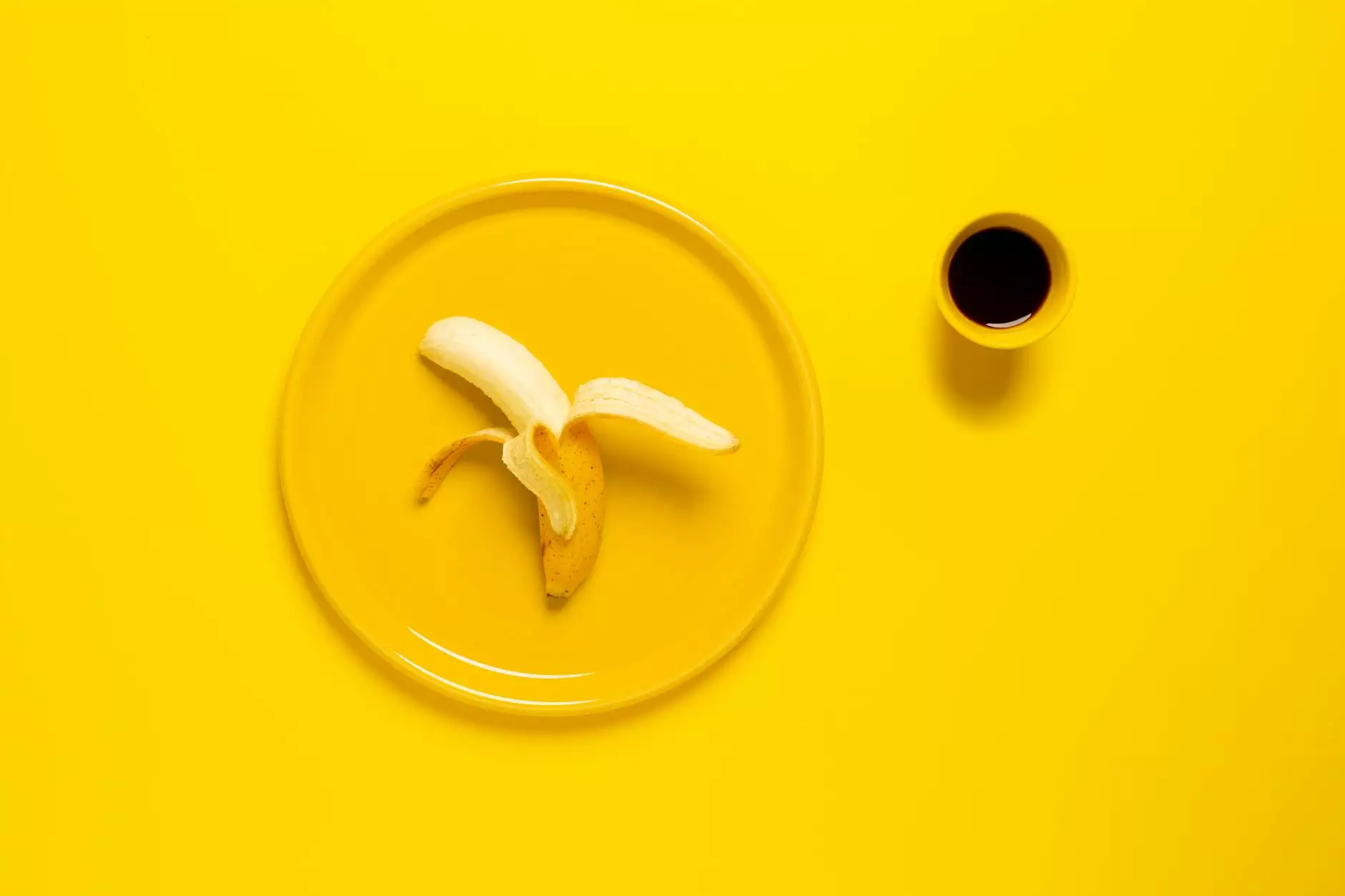Best and Worst Foods for Gastritis
Services
Introduction
Gastritis is a condition characterized by inflammation of the stomach lining, which can lead to uncomfortable symptoms such as abdominal pain, bloating, nausea, and indigestion. While medical treatment is essential for managing gastritis, adopting a healthy diet can also play a crucial role in alleviating symptoms and promoting healing.
The Importance of Diet in Gastritis Management
Your diet can greatly impact the severity and duration of gastritis symptoms. Certain foods and beverages can irritate the stomach lining, worsening inflammation and discomfort. On the other hand, a diet rich in nutrient-dense, anti-inflammatory foods can help soothe the stomach and support healing. Let's explore the best and worst foods for gastritis.
Best Foods for Gastritis
When dealing with gastritis, it's essential to emphasize foods that are gentle on the stomach and nourishing. Include the following foods in your diet to promote healing:
Fruits and Vegetables
Fruits and vegetables are packed with essential vitamins, minerals, and antioxidants that support overall health and aid in healing. Opt for non-acidic options such as bananas, apples, pears, leafy greens, steamed carrots, and sweet potatoes. These choices are gentle on the stomach and provide necessary nutrients for recovery.
Whole Grains
Choose whole grains such as oats, brown rice, quinoa, and whole wheat bread. These foods offer fiber, which aids in digestion and can soothe the stomach lining. Avoid refined and processed grains as they may aggravate symptoms.
Lean Proteins
Include lean protein sources like skinless poultry, fish, tofu, and legumes in your meals. These foods provide essential amino acids for tissue repair without causing additional stomach irritation.
Healthy Fats
Healthy fats, such as those found in olive oil, avocados, nuts, and seeds, have anti-inflammatory properties that can help reduce stomach inflammation. Use them in moderation as a source of added flavor and nutrition.
Probiotic-Rich Foods
Probiotics promote a healthy gut by restoring the balance of beneficial bacteria. Include yogurt, kefir, sauerkraut, and kimchi in your diet to support digestive health and reduce inflammation.
Worst Foods for Gastritis
While certain foods can calm inflammation and promote healing, others can exacerbate symptoms and hinder the recovery process. Avoid or limit intake of the following foods:
Spicy Foods
Spices like chili powder, black pepper, and hot sauce can irritate the stomach lining, causing increased inflammation. Reduce or eliminate these from your diet to minimize discomfort.
Caffeinated and Alcoholic Beverages
Caffeine and alcohol can stimulate acid production in the stomach, making gastritis symptoms worse. Opt for herbal teas or water instead to stay hydrated without aggravating your condition.
Acidic Foods and Drinks
Foods high in acidity, such as citrus fruits, tomatoes, and carbonated drinks, can irritate the stomach lining. Steer clear of these items until your symptoms subside.
Fried and Fatty Foods
Fried and fatty foods are hard to digest and can trigger symptoms such as bloating and indigestion. Choose baked, broiled, or grilled options instead.
Conclusion
Gastritis can be managed effectively by adopting a healthy diet that supports your digestive health. By incorporating nutrient-rich, anti-inflammatory foods and avoiding those that can exacerbate symptoms, you can alleviate discomfort and promote healing. However, it's essential to consult with your healthcare provider or a specialist like Benjamin Shettell, MD to develop a personalized dietary plan that suits your specific condition.
Remember, making dietary changes alone may not be sufficient to manage gastritis. Medical guidance and treatment are crucial for comprehensive care. Take the first step towards better digestive health by incorporating these dietary recommendations into your routine.




